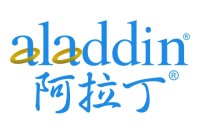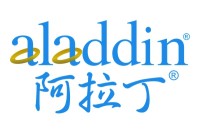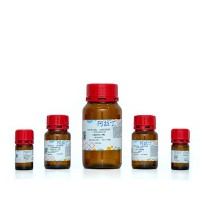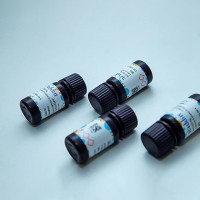In recent years, we have witnessed critical advances in genomics and proteomics which contributed to delineate the “tumor progression signature”. This includes the altered expression of genes and proteins not only in tumor cells, but also in tumor-associated stromal, endothelial, and immune cells. Adding more complexity to this bewildering information, efforts are being made to define the “glycosylation signature” of the tumor microenvironment, which results from the abnormal expression and activity of glycosyltransferases, glycosidases, and enzyme chaperons. The multiple combinatorial possibilities of glycan structures expressed by neoplastic versus normal tissue provide enormous potential for information display and expand potential therapeutic opportunities. The responsibility of deciphering the biological information encoded by the tumor-associated glycome is partially assigned, to distinct families of endogenous glycan-binding proteins or lectins, whose expression and function are regulated in cancerous tissues. Galectins, a family of evolutionarily conserved glycan-binding proteins, can control tumor progression by directly influencing tumor growth or by modulating cell migration, angiogenesis, and tumor–immune escape. In this review, we will highlight recent findings on how galectin–glycan lattices control the dialogue between tumor and immune cells and how these interactions could be exploited for therapeutic purposes.






